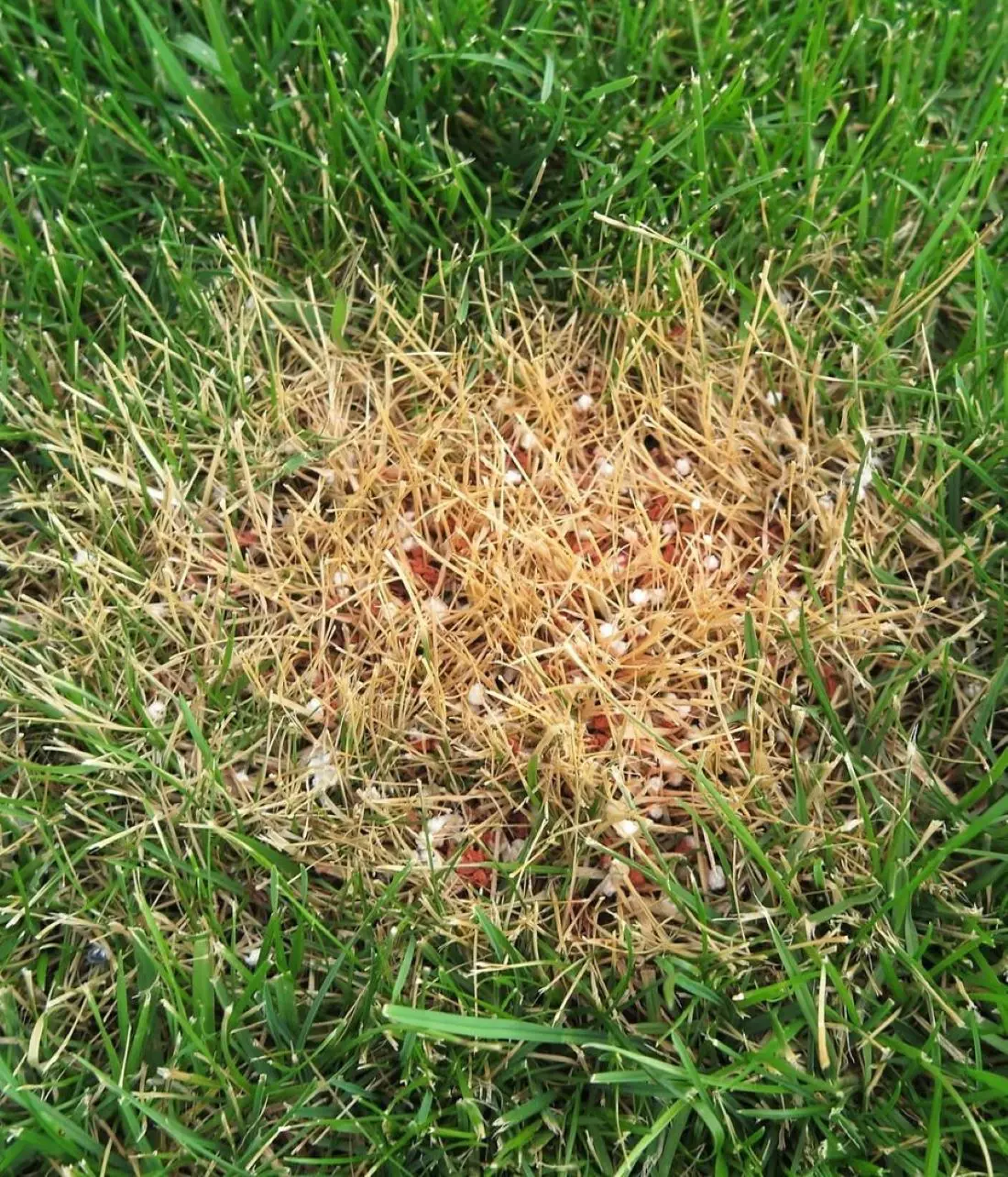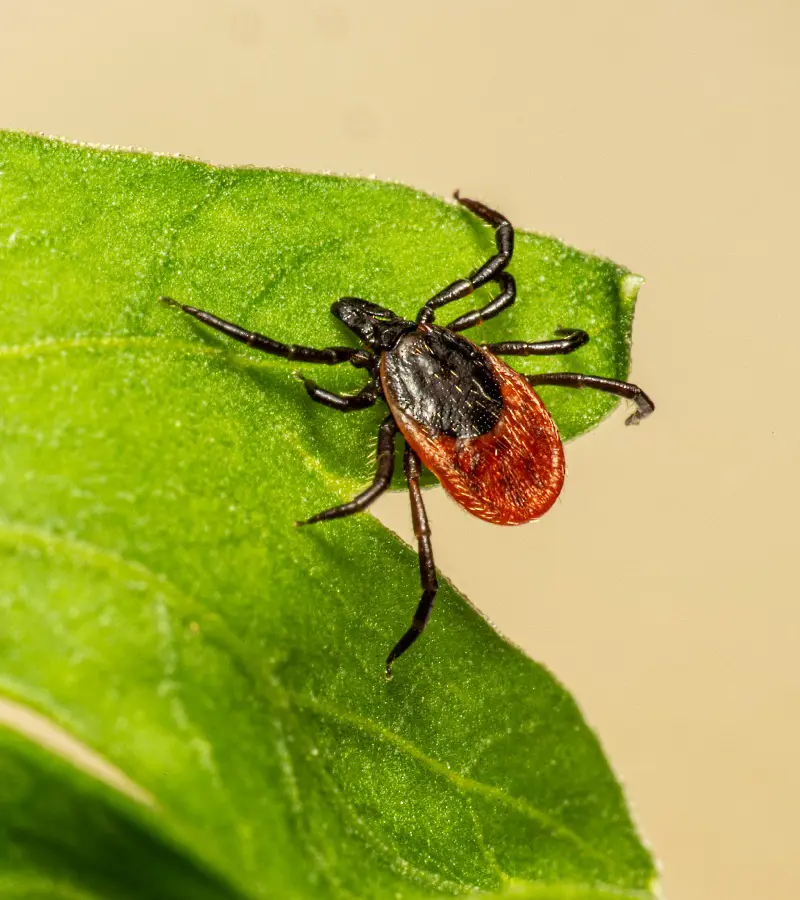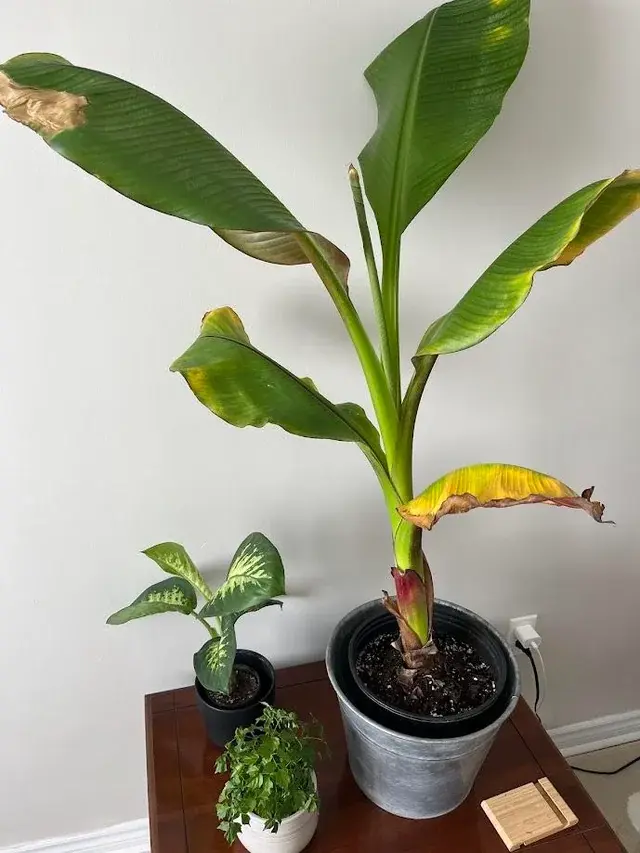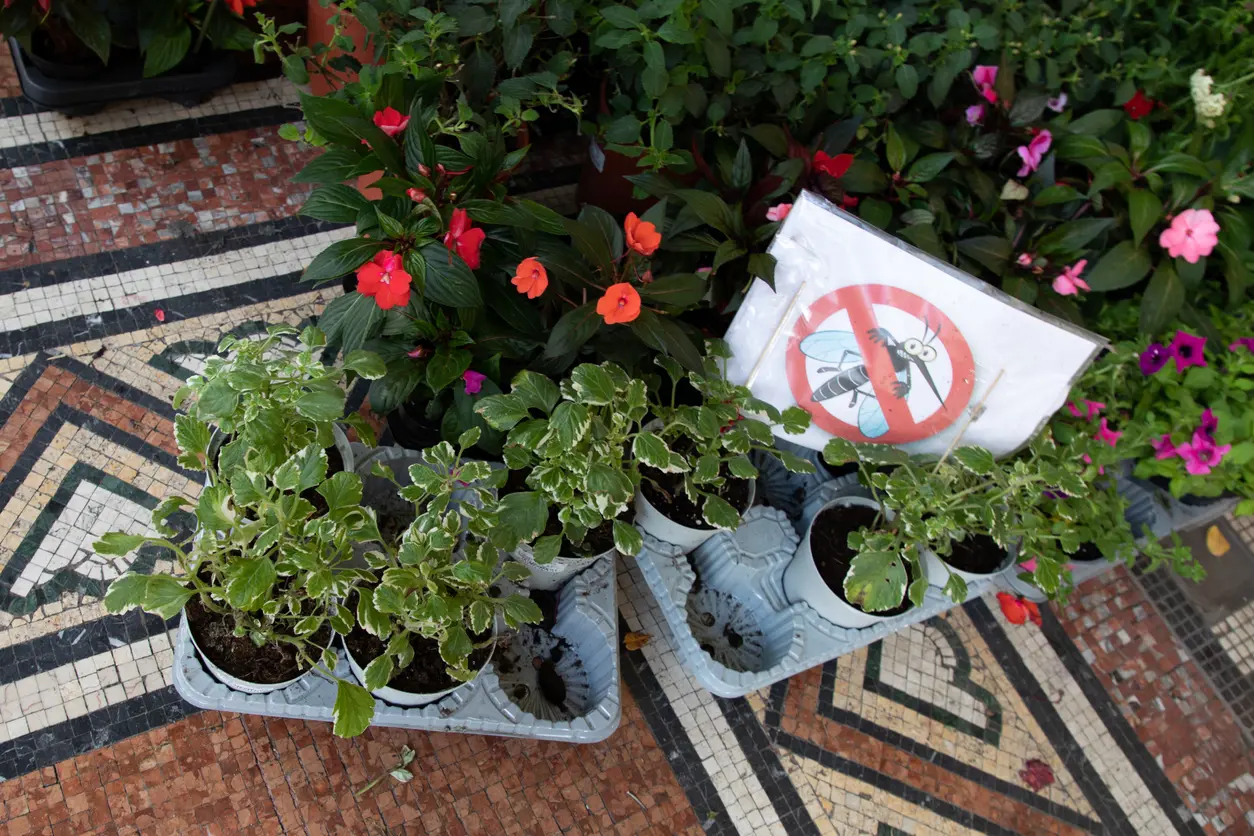How To Get Rid Of Spiders In Garden
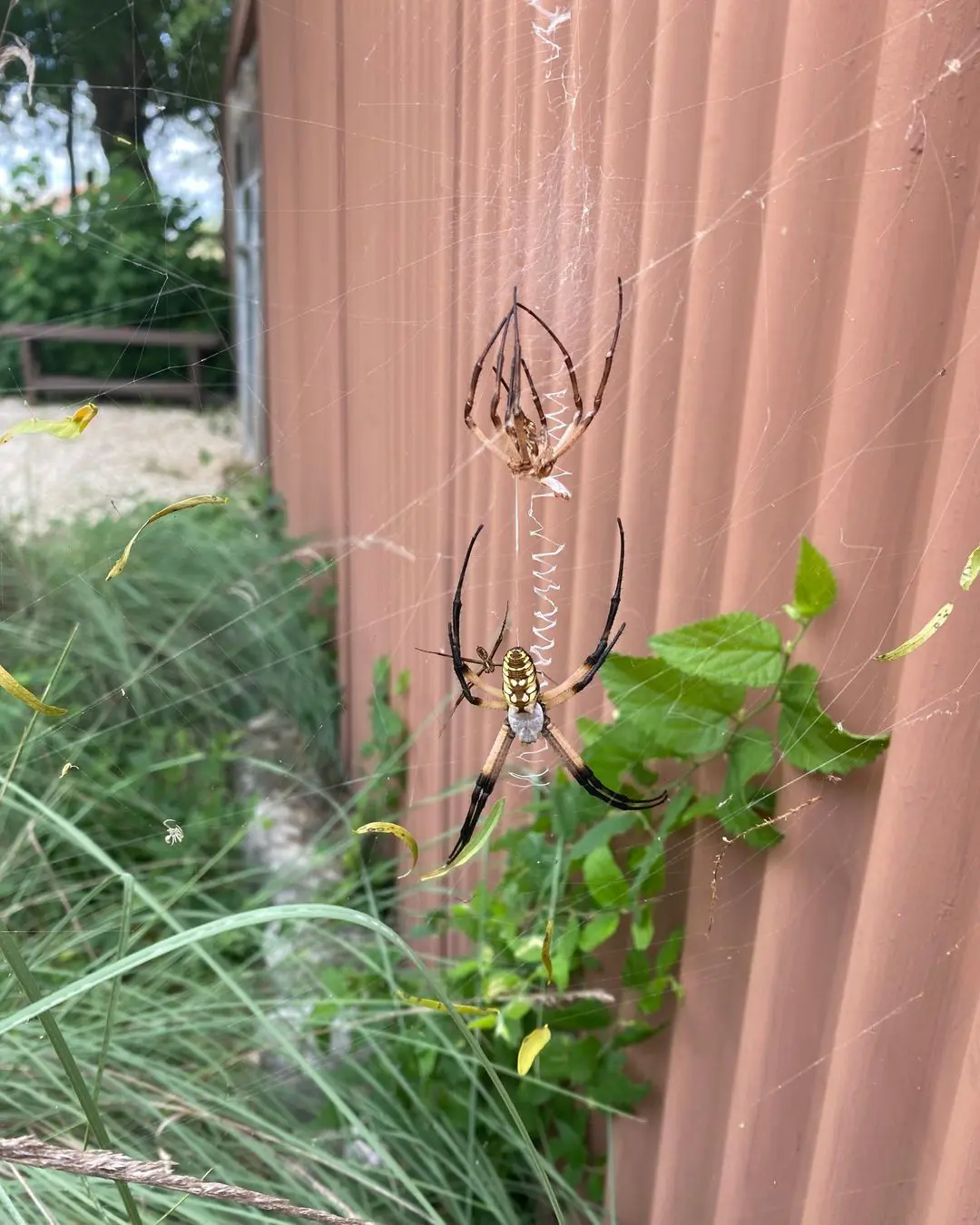
Managing spiders in the compound may not be a very easy task but is achievable. This guide aims to explain different behavioral ways how to get rid of spiders while making use of natural control methods to achieve a spider-free garden.
Here, you will learn natural ways such as using organic repellents and altering our environment to keep spiders away without affecting other beneficial insects or the ecosystem.
How To Get Rid Of Spiders
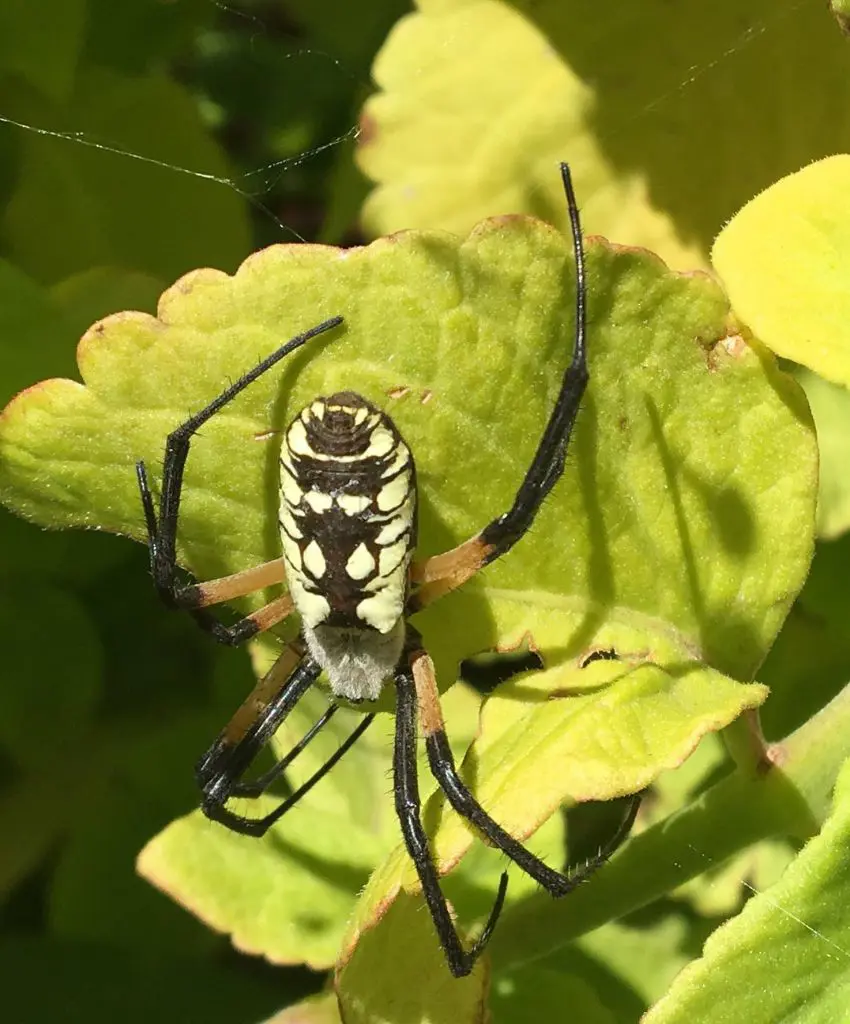
Following the given strategies you will be able to control the number of spiders in your garden and remove them in a friendly way without upsetting the balance in nature.
1. Regular Cleaning
Spiders are less likely to invade a clean garden. Mow the grass, collect, and sweep to get rid of any leftover leaves, grass clippings, and other organic matter that may provide shelter for spiders.
This also has the effect of decreasing the availability of insects on which spiders feed thus making your garden less attractive to them. Activities such as throwing away debris, weeding out plants, and pruning help eliminate spiders around the garden space.
2. Removing Webs
It is effective to wash and clean spider webs from your garden often so that the spiders do not come to build their home there. Take a broom or a stick to remove webs from plants, fences, and garden furniture.
This interferes with their environment and makes them shift their base. Regular web removal prevents spiders from coming back since they look for better places to establish their webs.
3. Encouraging Natural Predators
Spiders natural enemies like birds and lizards can be used to control the number of spiders in your garden. Indeed, many of these predators should be encouraged through the provision of favorable conditions.
Place bird feeders, bird houses, and water sources to entice birds. As for water features, it is also recommended to keep several plants to serve as shelters for lizards. Such natural predators will go a long way in moderating the effects of spiders hence minimizing the need for more direct control.
4. Using Diatomaceous Earth
Concerning home remedies, there is diatomaceous earth, a natural powder that can be used to repel spiders and other insects. Spread it around the garden, especially zones where spiders are usually detected.
Diatomaceous earth comprises sharp-edged silica particles that are invisible to the naked eye; these cut through the exoskeletons of insects and spiders, leading to their desiccation and death. It is biodegradable, non-lethal to pets and humans, and therefore ideal for use in organic gardening practices.
5. Essential Oils
Spiders do not like smelling things that are too strong and some essential oils can help to chase them away. Peppermint, lavender, and eucalyptus oils are specific examples of such oils. Try adding a few drops of essential oil to water and then spray the liquid around the garden.
Concentrate on spraying them at places that spiders usually occupy, including corners of sheds, garden furniture, and the ground surrounding plants. This natural method can assist in repelling spiders whilst retaining other beneficial insects.
6. Manual Removal
Some people like to use their bare hands to move the spiders away from the area. Here is how you can do it; use a jar and a piece of paper to catch spiders and then take them to another area far from your garden.
It is most effective when used on individual spiders and can be beneficial in the control of arachnids without the use of chemicals.
What Do Spiders Eat?
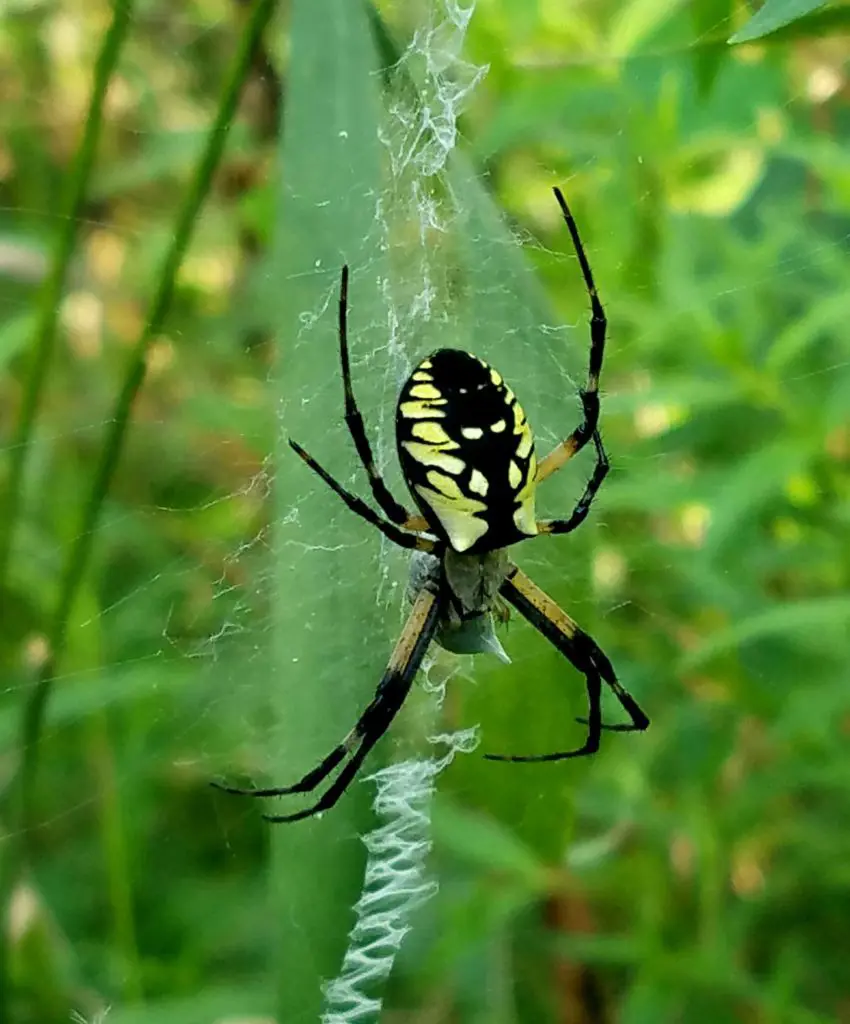
Most spiders are carnivorous and are important predators of insects. They feed on a variety of insects and arthropods that may form part of their diet. Here is a detailed look at what spiders eat:
Insects
- Flies: One such organism includes house flies, fruit flies, and any other small flying insects that may fall prey to the spider. They either become trapped by insect webs or are deliberately pursued.
- Mosquitoes: All the spiders prey on the mosquitoes by either ensnaring them in cobwebs or actively pursuing them.
- Moths: Moths are often preyed on by spiders that construct large webs for capturing the insects, often with success as moths are active mostly at night when attracted to lamps.
- Beetles: Insects such as those represented by beetles and their larvae do not escape the attention of spiders dwelling on the ground or those that form webs to catch prey.
- Ants: The kind of spiders that move rapidly naked-eyed are those that are specifically designed to hunt ants as these insects are sometimes quite difficult to capture.
- Butterflies: However, this phenomenon is not very frequent; occasionally, spiders lay their hunting nets across the path of butterflies and capture them.
- Grasshoppers and Crickets: Wolf spiders, for instance, are big spiders that actively chase their prey, grasshoppers, and crickets, among others.
- Wasps and Bees: Some spiders eat wasps and bees, using their webs or laying in wait for them to approach.
- Caterpillars: These spiders usually feed on caterpillars which makes them good foods to them most of the time.
Other Arthropods
- Spiders: It is important to note that some spiders are known to feed on other spiders, either belonging to another species or from the same species.
- Mites and Ticks: Small spiders may eat the mites and ticks.
- Centipedes and Millipedes: At times, the large spider species may capture and cannibalize such many-legged animals.
Occasional Non-Carnivorous Diet
Though rare, some spiders also consume non-carnivorous items:
- Nectar: Some species of spiders have been spotted here taking nectar from flowers. This behavior gives them extra energy during periods when certain types of prey may be out of reach.
- Pollen: These spiders may accidentally ingest pollen as they supplement their diet with nectar or small insects that they can find on flowers.
These arachnids consume all types of insects and the different ways that they use to capture their prey make them good predators in gardens. This is an indication of their significance in being able to regulate pest populations as they are natural pest predators.
How To Identify Spiders?

Spiders are two-parter animals whose bodies can be divided into two main parts: the cephalothorax, which is the union of the head and thorax, and the abdomen.
While insects possess three divisions of the body, spiders have eight legs joined together and usually have eight ocelli located in diverse styles depending on the specific family of spiders.
Males are larger than females and often have large fleshy appendages called pedipalps, near the mouth, which is used during copulation.
Web Types
Spider webs offer valuable clues to their identity:
- Orb Webs: These are usually constructed in circular or complex patterns and are spun by some of the garden spiders, such as the orb weavers.
- Funnel Webs: These webs are always located in corners or between rocks, and are constructed by funnel-web spiders.
- Sheet Webs: These large, plane webs are spread over an area and constructed by sheet weavers.
- Cobwebs: Often inconsistent and disordered, they belong to spiders of the Theridiidae family and can be discovered in untouched spots.
Color and Size
Spiders are arthropods and come in varying colors ranging from browns, and black, to brightly colored ones with beautiful markings. For instance, the orb-weaver species have colorful hues and the jumping spiders have small testaceous and brilliant iridescent markings.
Female wolf spiders are mainly gray or brown with some dark stripes while the male ones are almost similar but with smaller sizes. This refers to the fact that the size of spiders within specific species ranges from several millimeters of house spiders to several centimeters of tarantulas.
Behavioral Traits
Understanding spider behavior aids in identification:
- Web-Building: The nature of webs and their location might suggest what type of spider is likely to be present.
- Hunting Techniques: For instance, the wolf spiders and their kind are hunters and have to chase and jump on their prey while the jumping spiders mostly rely on sight and would have to jump on their prey.
- Movement Patterns: Cohort spiders do not look the same; crab spiders, for example, crawl in a way that is similar to that of crabs while jumping spiders are somewhat infamous for the short jumps they make.
Regional Considerations
Spider diversity varies by region. Some types of spiders may dwell in certain areas; for instance, North American black widow, and brown recluse spiders are typical of warmer climates.
Tools for Identification
Effective tools for identifying spiders include:
- Field Guides: Spider information resources available locally provide descriptions and photographs for identification.
- Online Resources: The websites and applications available for spider identification contain vast numbers of resources and images.
- Magnifying Glass: Mandatory when it comes to discovering details like eye patterns on a beetle or tiny hairs on a fly, a magnifying glass or macro lens is a great help in identifying the insect.
Through such detailed help and identification devices, you can easily learn to identify spiders around you, understand and respect their roles in the ecosystem, and control them where needed.
Spider Damage
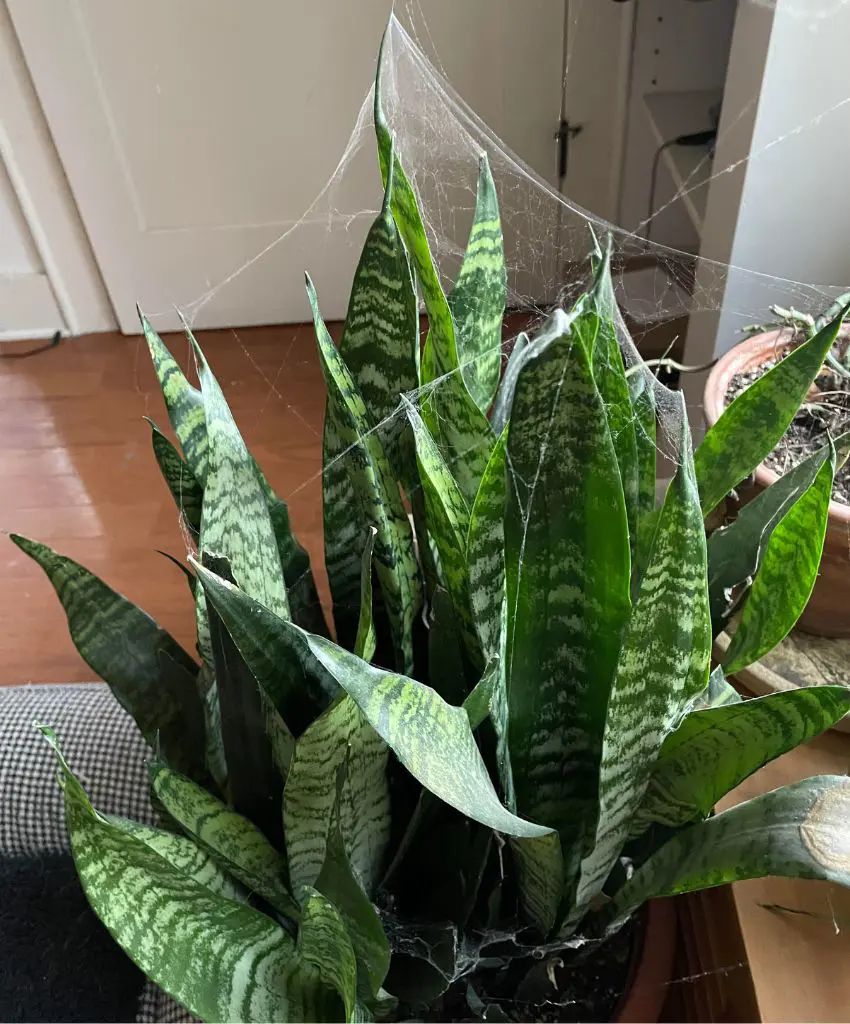
Spiders can cause the following damages to the garden:
1. Webs
It is also easy to note the presence of spiders in the garden through the webs that they build. These structures although amazing appear ugly when they build up on plants, garden furniture, and fences.
The heavy webbing can also occur in such a way that it forms a cover on the leaves and branches thus making the garden appear less attractive.
Furthermore, webs can hinder the development of young plants by limiting light and air exposure, which can cause the plants to grow slowly or even develop mold and mildew.
2. Plant Stress
Thus, while spiders themselves are not plant eaters, they can definitely cause stress to your garden plants. The webs that they produce can entrap moisture which can cause diseases such as fungal or rot in sensitive plants.
Spiders may also seek hunting grounds in plants, interrupting the normal functioning of helpful insects such as pollinators that are crucial for plant production. At times, it is possible to observe a reduction in the activity of delicate plant species due to intense spider presence.
3. Bites
Even though spider bites are rare and most garden spiders pose no threat to humans, there are exceptions. Venomous arthropods such as the black widow spider, or brown recluse may occasionally be encountered in gardens and can bite if provoked.
These bites can lead to mild to severe consequences in humans such as localized inflammation or pain and in severe cases, may call for medical attention. This risk can reduce the likelihood of family members and other pets visiting the garden if spiders are known to be present.
4. Overpopulation
Large populations of spiders may indicate a problem with other insects in your garden environment. Spiders are most common in localities where there is plenty of food, that is, insects.
If you see a sharp rise in the number of spiders it could be an indication of other pest problems that you may not easily notice. This imbalance can lead to a cycle of increased pest and spider activity, which may further disrupt the health and aesthetics of your garden.
The psychological implications of having spiders in the garden cannot be dismissed. Even when not actually feared, spiders are generally disliked, and their presence may cause distress and avoid the garden.
This can cut down on the usability and appeal of the garden area, defeating the purpose of the area. Managing spiders appropriately can go a long way in regaining the comfort and fun that you and your family used to experience in the compound.
How To Prevent Spiders

Here are some detailed strategies on how one can prevent spiders:
1. Seal Cracks and Holes
Check any structure within the garden including sheds, greenhouses, and fences for signs of small openings. Spiders can get in through the tiniest of cracks and crevices and therefore, they should be closed.
Seal gaps where doors, windows, or foundations are present by employing the use of caulk or weatherstripping. It not only repels spiders but also other pests out of the house.
2. Proper Lighting
Spiders may be found where there is outdoor lighting since insects are usually drawn to the light and may be prey to spiders. To reduce this, it is recommended to use yellow or sodium vapor lights instead of white lights.
These types of lights are less likely to attract insects. Also, it is possible to install lights at a certain distance from the doors and windows, or from those areas of the garden that you frequently use, so that some insects and spiders are not attracted to those areas.
3. Maintain Plants
Leaving garden plants to grow tall and unkempt provides spiders with numerous places where they can hide. This is because shrubs, bushes, and other undergrowth can enable spiders to create their webs and also camouflage themselves.
To prevent spiders from frequenting gardens, one should ensure plants have proper care and are not grown close to structures.
4. Remove Clutter
Spiders are usually found in areas with lots of hide-and-seek regions and areas with food supplies. Tidy up your garden by cleaning it up frequently especially when you observe, dry leaves, cut grasses, and wood piles.
Secure garden tools and equipment in properly sealed containers or raise them off the ground in a bid to reduce hide-and-seek games. This will ensure that the garden has a lesser chance of attracting spiders as compared to a dirty and messy garden.
5. Pest Control
Because spiders feed on insects it is therefore important to regulate the presence of other insects in your garden. Adopt Integrated Pest Management (IPM) practices to suppress insect populations.
This can involve the introduction of natural enemies, application of biological insecticides, and promotion of balance between the pest and beneficial insects. When there is a shortage of prey, you will hardly find spiders invading your garden or compound.




